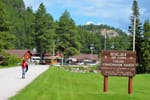Jason Connelly is exactly the kind of young educator the South Dakota public school system would love to add to its depleted teacher workforce.
Connelly grew up in Sioux Falls and attended Catholic schools before pursuing a history and teaching degree at Augustana University, which he obtained this year.
Connelly did his student teaching at Roosevelt High School in Sioux Falls, and said he “loved every second of it.” He was welcomed by teachers at Roosevelt and felt supported by the principal. The Augustana professor who oversaw Connelly’s student teaching tenure said he did a great job in the classroom and was loved by his students.
And yet, Connelly recently told News Watch that “South Dakota is not on my radar for teaching positions.”
The 22-year-old is undeterred by issues that have plagued South Dakota’s K-12 system for years: comparatively low teacher salaries, large class sizes, low state funding levels and mediocre academic achievement by many students.
Instead, Connelly is turned off by a new assault on public education in South Dakota — an increasing politicization of education, heightened criticism of what is taught and how, and the influence of the ongoing culture wars. The scrutiny has created a new source of stress and disillusionment among new and veteran classroom teachers.
Teachers across the state have watched as lawmakers have tried to regulate how transgender students are treated in sports and their use of bathrooms. They have seen Republican Gov. Kristi Noem ban the teaching of critical race theory, even though it is not taught in South Dakota public schools and rarely if ever in state universities.
They saw the state Department of Education make last-minute changes that removed references to Native American culture and history in social studies standards that were developed over several months by a group of nearly 50 interested citizens. They noted how the second-largest school district in the state sought to ban and destroy books that some administrators found offensive. And they have felt increased pressure from parents, administrators and school boards to influence how and what they teach or even how their classrooms are decorated.
Connelly and some education experts in South Dakota say teachers have increasingly felt the pull of politics and government interference in the classroom, and it has made a challenging job almost unbearable for many.
With each passing week, Connelly said discussions in the teacher’s lounge at Roosevelt turned away from sharing ideas and highlighting classroom successes and shifted more to worry and stress about what teachers felt safe to teach and how to avoid criticism or chastisement.
During his time at the school, Connelly said he saw increasing concern among teachers that they weren’t trusted — or that they were even seen as trying to influence students in negative ways.
That increasing stress is being fueled by political rhetoric at both the state and local levels that questions the intentions and even the morals of classroom teachers, Connelly said.
“I definitely do think it is political, and I think that their fears are unwarranted,” Connelly said. “No teacher is trying to indoctrinate students one way or the other. If we were going to indoctrinate them, it would be to get their homework done first and foremost.”
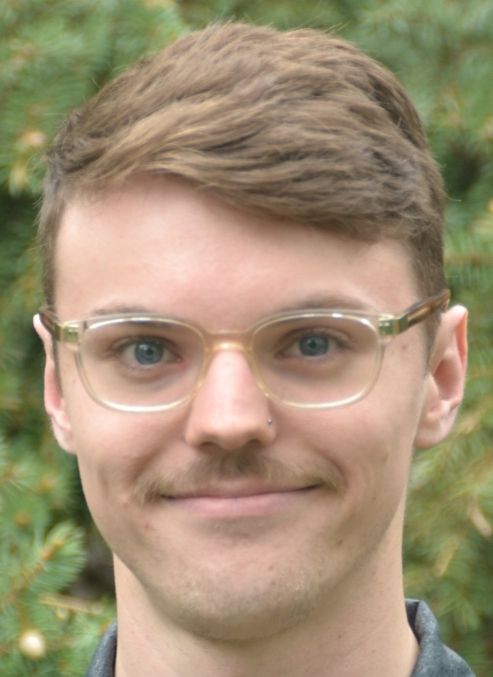
Simply put, the current political and cultural landscape in South Dakota public education has turned Connelly away from considering teaching jobs in his home state.
“My girlfriend and I have discussed it, and we don’t want to go to a state or live in a state that is going to limit my ability to teach,” he said. “I do feel sad because every teacher, we do this for the kids, and unfortunately it’s an entire state of kids who are being left to the wind. They’re going to suffer as far as their education goes because they’re missing out on good teachers.”
Connelly is far from alone in his sentiments, and his sadness.
In fact, some experts in the South Dakota education system say that if the criticism and micromanaging of teachers continues, and K-12 education continues to be politicized, the very fabric of public education in the state, and indeed across the nation, may begin to unravel.
“At this point, I fear for all of public education,” said Rob Monson, executive director of the School Administrators of South Dakota, an umbrella association of public school leaders. “The continual attacks we’re seeing are a detriment to our profession and what we can provide to students. In my humble opinion, this country was built on public education and we’re a successful country because of public education. If we ever lose that, we’ve lost it all.”
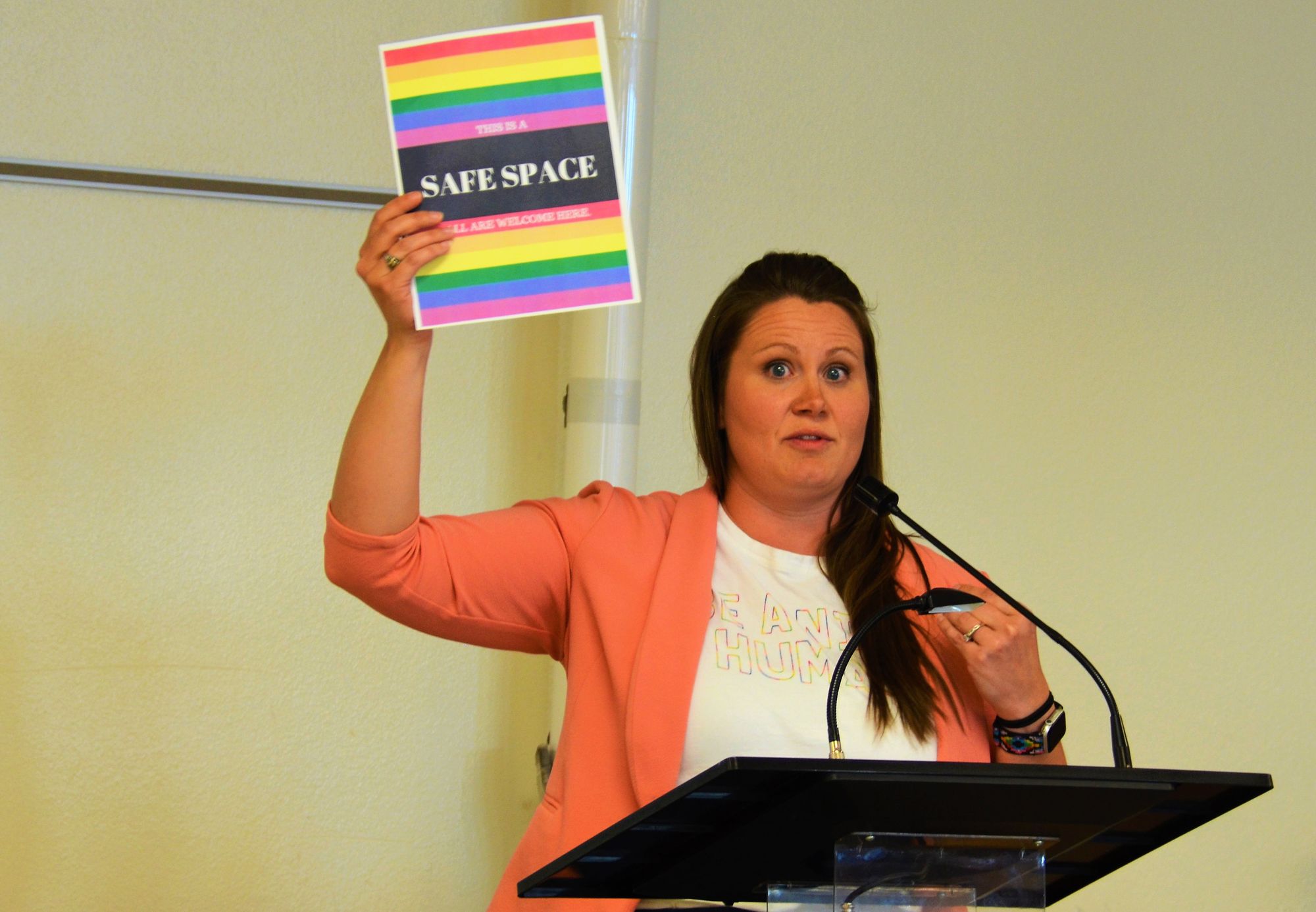
‘What are people so afraid of?’
Some recent estimates put the number of open teaching positions in South Dakota at more than 500, well above previous years and a clear indicator of an extreme shortage that is affecting school districts in urban areas and small towns.
South Dakota Secretary of Education Tiffany Sanderson said in an email to News Watch that, “I deeply appreciate and admire South Dakota teachers. They devote their professional lives to instructing, encouraging, and inspiring our young people to be their best.”
Sanderson added that the state is taking steps to recruit and retain teachers through programs that encourage high school students to take an interest in teaching. The state, she said, is also offering flexibility in how teachers are certified and reciprocity that allows teachers from other states to easily transition into South Dakota.
And yet, such efforts may fall short if teachers continue to feel as though they are under attack and must endure increasing stress from outside the classroom.
After more than 40 years working in public education in South Dakota, Sharon Andrews has never seen such a hard time to be a teacher.
Andrews was a public school teacher early in her career, and has spent the last 33 years at Augustana University, where she is an associate professor of education and director of the Teacher Education Program. Her parents were both educators and her stepdaughter is a teacher in Rapid City.
At Augustana, Andrews teaches prospective teachers but also helps students prepare for the classroom by overseeing their student-teaching experiences.
South Dakota has long faced challenges in attracting new teachers, Andrews said, mainly due to low pay compared with neighboring states, the high number of rural districts and large class sizes. Upheaval during the COVID-19 pandemic and remote teaching added new stresses, and now some teachers are feeling less safe in schools due to shootings and other violence targeted at schools, teachers and students.
But the recent criticism of public education and political rhetoric regarding curriculum has added a new, additional deterrent to those considering teaching.
Andrews said the politicization of public education and the near-constant drumbeat of criticism and lack of trust of teachers is pushing some prospective teachers away from the profession and prompting some veteran educators to leave the classroom.
“It seems like the focus is so far off where it should be,” Andrews said. “We should be more focused on good pedagogy and class size and learning, but yet it seems like we’re focused on these peripheral issues.”
Andrews said every time lawmakers or state officials debate which bathrooms transgender students should use, attempt to influence whether Native American history should be taught, or try to prevent students from being exposed to potentially divisive issues, it puts fear and worry into teachers who are on the front lines of education and they become less willing to push students to think critically.
“We talk a lot about helping our high school students learn how to learn, but how do you analyze texts, look at both sides of an issue and come to an informed position or stance without discussing touchy topics? It’s almost a culture of fear on some level, and I guess I really don’t know what people are so afraid of.”
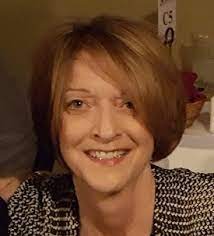
"It’s almost a culture of fear on some level, and I guess I really don’t know what people are so afraid of.” -- Sharon Andrews, education professor at Augustana University
Andrews said every spring and summer she gets calls from school districts asking for help hiring new teachers from Augustana. But recently, the requests that used to come once a month are coming several times a week due to the growing shortage of teachers in South Dakota.
“It’s really troubling,” she said. “We’re seeing veteran teachers getting their resumes updated because they’re questioning the whole idea of what’s going on, that if I say something in the classroom that someone doesn’t like, that this might play out in a different way.”
The recent negativity in South Dakota has cast a pall over the entire public education system, she said.
“It breaks my heart when I see students who finish our program and decide that they’re going to do something else because they can make more money or they don’t want to deal with oversized classrooms or are feeling like they have no autonomy in the classroom to make decisions they’ve been trained in or to do things they’ve dreamed of doing in their careers,” she said.
Andrews said current and prospective teachers are also feeling uneasy about what seems to be a sea change toward top-down oversight in a state that has long prided itself on promoting local control of schools.
“It doesn’t help when people are feeling like, ‘Why would I want to be a teacher if everyone is going to be looking at everything I say or do?’” she said. “We seem to be trying to remove some things from our schools or to filter them in some way. When you add these oppressive issues or forces, people are just saying that’s not something I want to get into as a profession.”
Andrews said the turmoil in public education in South Dakota and across America sometimes prompts her to recall her study of public education in Finland, where teachers are given great autonomy in the classroom and where students are taught to develop critical thinking skills.
“There’s an old saying that basically goes, ‘You can’t be free and civilized if you’re illiterate,’” Andrews said.
The loss of local control, or even the perception of that loss, has been a growing factor in education since the early 2000s when the federal government enacted the No Child Left Behind standards and has continued ever since, according to longtime educator Jacqueline Sly of Rapid City.
Sly, 74, spent 37 years as a classroom teacher before retiring and serving four terms as a Republican member of the state House of Representatives and almost five years on the South Dakota Board of Education Standards. Sly was chair of the standards commission until this spring when Gov. Noem declined to reappoint her to another term. Sly said she never spoke to Noem about the change and was not given an explanation for her removal.
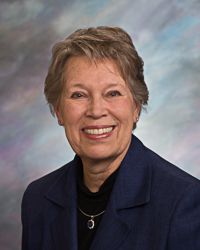
The interference of state and federal officials in local school districts creates uncertainty that makes it harder to be a teacher, Sly said. She is also well aware of the increasing attacks on teachers and schools and is concerned over the potential long-term consequences.
“I think that’s how teachers are feeling right now, uncertain and worried, because they don’t know what they can do or what they can’t do without fear of someone coming after them or suing them,” Sly said. “It makes the job very difficult and that is why people are leaving, the uncertainty and questioning, ‘Can I make it five more years, or one more year, or do I have to find another profession?’”
Sly said the situation is reaching a crisis level in South Dakota because fewer students are studying to be teachers and many who enter the field do not stay long.
“I think that the undermining of public education is a great fear,” she said. “In the long run, I’m thinking about my own grandchildren; who’s going to teach them?”
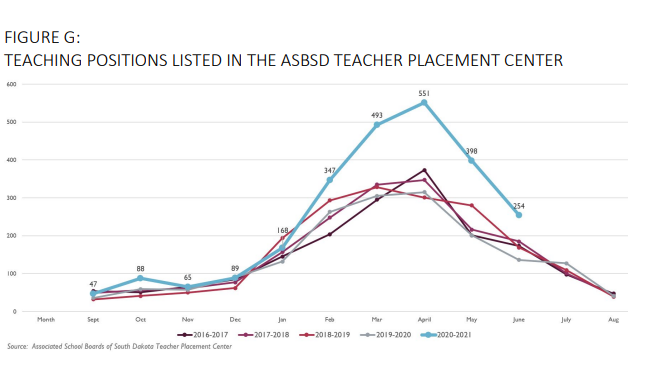
Teacher shortage worsening
South Dakota has faced a shortage of qualified teachers for at least the past decade. Teacher openings rose in the mid-2010s in part because the state was consistently last or near the bottom in average teacher pay. A half-cent sales tax hike implemented in 2016 boosted average teacher pay and hiring picked up.
But the past two years have seen the state fall again in average teacher-salary rankings. Meanwhile, many education experts say the introduction of politics and cultural issues into public education have made the profession less attractive and has also led to more early retirements or shifting to other career fields.
In April 2021, the Association of Schools Board teacher placement center listed about 550 openings for teachers, about 200 more openings than were listed in April 2017. In May 2022, about 520 open teaching positions were listed by the placement center.
According to a survey of teachers in late 2021, conducted by the South Dakota Education Association, roughly a third of the 1,000 respondents said state and local political issues were adding to their job stress.
“This is the first time we have seen politics really register as a concern for educators,” said Sandra Waltman, spokeswoman for the SDEA, in an email to News Watch. “Unfortunately, the culture-war issues are causing division in some communities and schools. When educators are already overwhelmed because they are taking on more due to a lack of staff, strife over these issues certainly doesn’t help the situation.”
Waltman added that the political and cultural rhetoric surrounding public education in South Dakota is taking the focus away from the primary goals of education: teaching, inspiring and preparing the next generation of South Dakotans.
“At a time when parents, communities and educators should be working together to make sure our schools have the necessary resources and staff to meet the needs of students, many are focusing on non-issues that only lead to more division,” Waltman wrote.
Increased stress is affecting teachers across the country and exacerbating a nationwide teacher shortage, according to a National Education Association poll in February 2022. The poll showed that 90% of responding teachers saw burnout as a serious problem, and that 55% said they expected to leave the education profession sooner than they had planned.
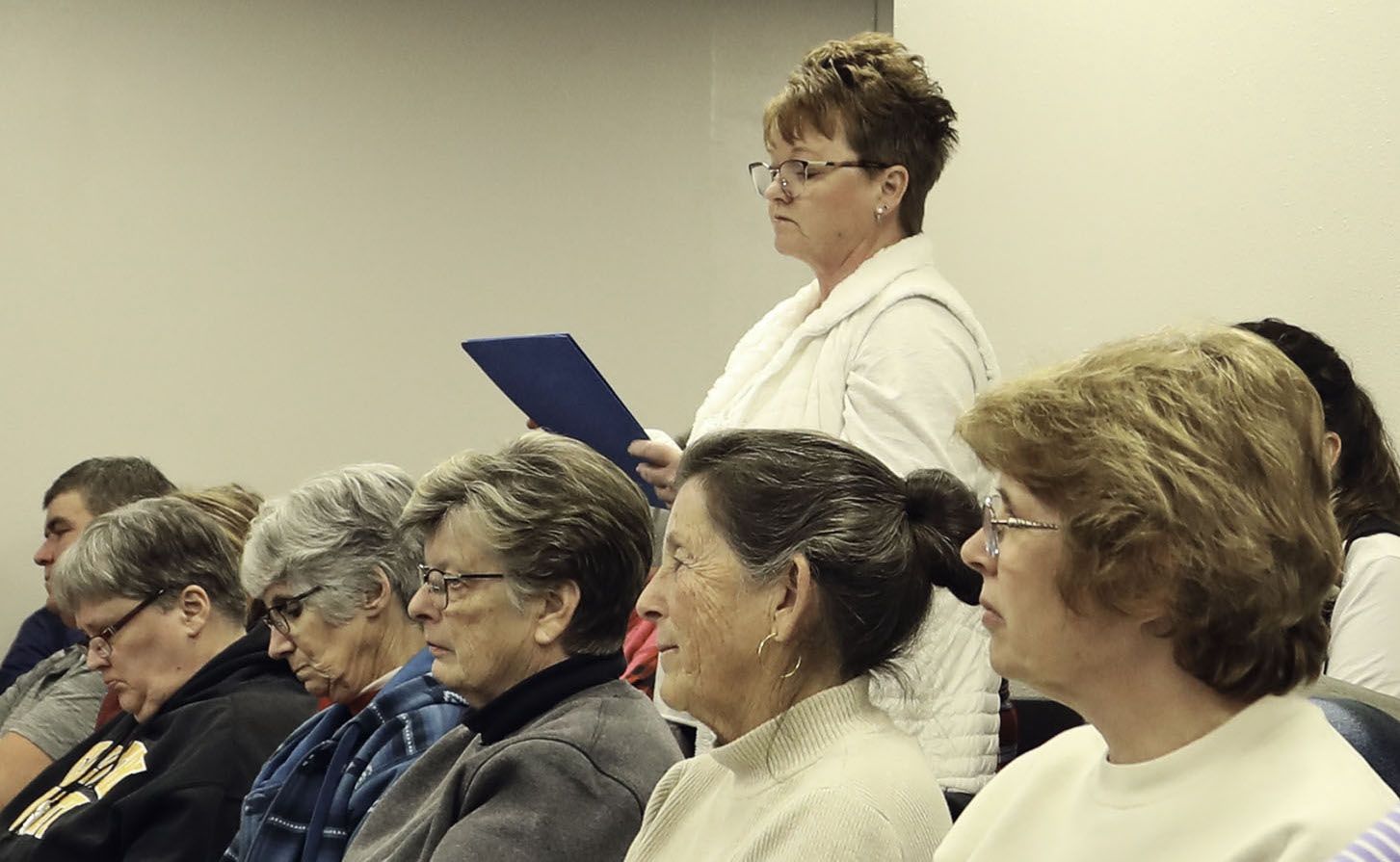
Local incidents fuel statewide concerns
Several incidents have made news in South Dakota recently regarding freedom of expression by classroom teachers or criticism of what takes place within public schools.
In May, a school board candidate in Rapid City sent out a four-page letter referring to “woke” teachers as “tyrants of the teacher’s lounge” who forced students to wear masks and espouse “anti-American leftist propaganda.”
Janyce Hockenbary sent the letter to potential voters, saying she was running for school board because “our schools have become sex education centers with a side of communism to boot.” Hockenbary told the Rapid City Journal that she signed but did not write the letter in which she said she wants to protect students “from anyone that may want to harm them, whether physically or by stealing their hearts, minds and souls as they turn our schools into indoctrination centers.”
The letter came out around the same time the incumbent school board in Rapid City considered removal of several books from use in classrooms that some administrators found objectionable. The books were targeted for destruction rather than for reuse elsewhere. The board delayed action on the books after local news reports uncovered the proposal and strong public reaction against the proposal followed.
In Wessington Springs, the school board has seen controversy arise over a math teacher who placed an “ally” magnet with rainbow colors on it in her classroom. The magnet was intended to indicate to students that they were welcomed and accepted regardless of their gender identity or sexuality. The teacher was forced to remove the magnet, which spurred a discussion on inclusivity and the rules regarding classroom decoration, according to the True Dakotan newspaper.
In Deadwood, the school board has begun consideration of new rules to determine what, if any, decorations should be allowed in classrooms. The proposal was prompted by display of so-called “safe space” signs, not unlike the magnet in Wessington Springs. The decoration proposal led to a crowded public hearing with 100 in attendance and 27 speakers, according to the Black Hills Pioneer (the policy remains under consideration).
Meanwhile, Gov. Noem and the South Dakota Legislature have enacted rules and laws banning the teaching of critical race theory, arguing that divisive concepts should not be taught to K-12 students or those in public colleges. Noem also signed an executive order in July 2021 banning the state DOE from applying for federal civics or history teaching grants that Noem said could be loosely tied to CRT.
DOE Secretary Sanderson pointed out that the DOE develops education standards but does not set curriculum for individual K-12 schools or districts.
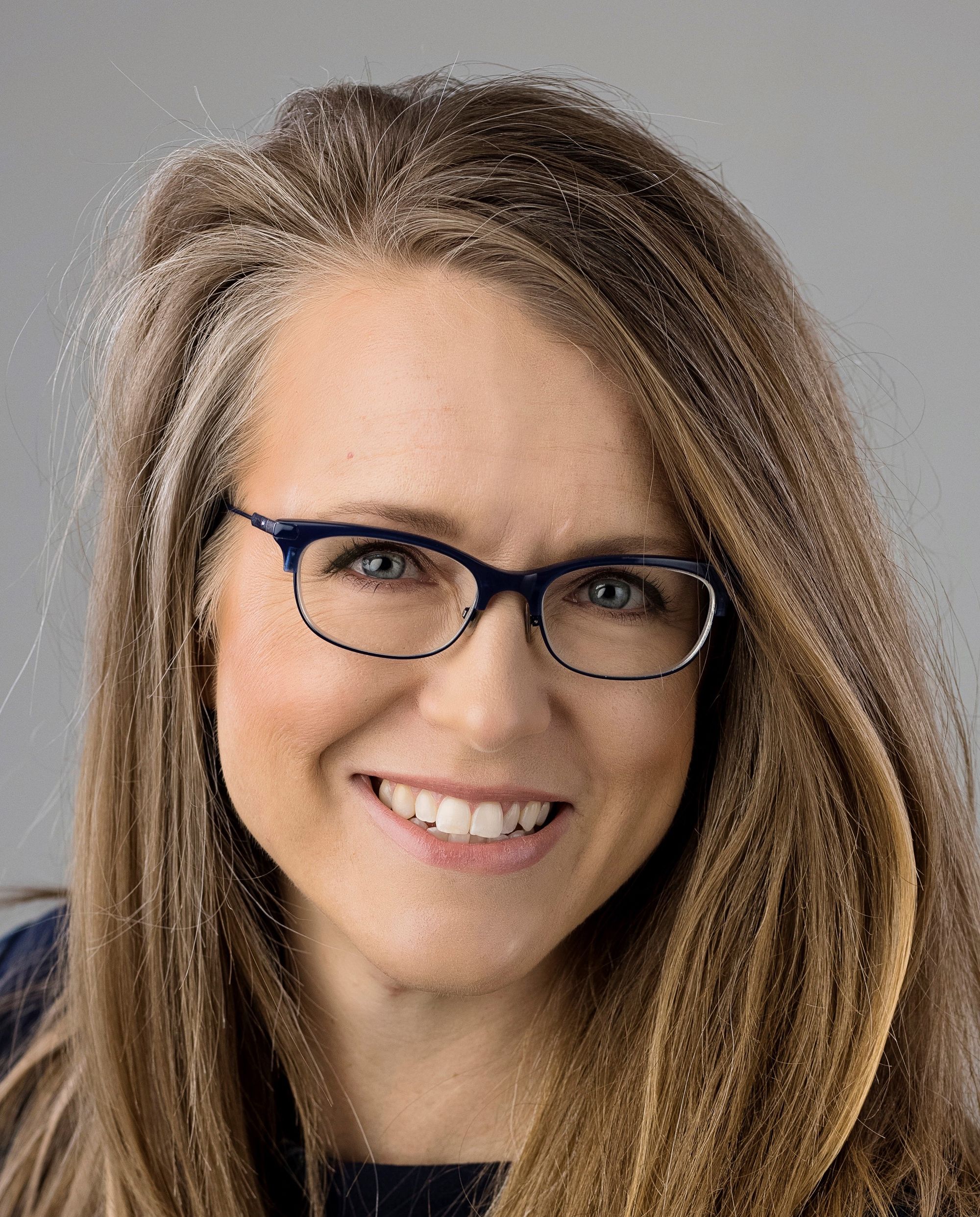
Sanderson added that the state will be inclusive when it comes to setting social studies standards, a process that was derailed in 2021 by protests over last-minute removal of language related to instruction of Native American history and culture. After the standards were approved by a working group of nearly 50 citizens, they were submitted to the state but were altered at that point to remove several references to continued teaching of Native American history and culture in public schools. After media attention and protests by Native groups, Noem halted the standards-approval process and started it anew in late 2021.
Some members of the original working group said the changes made by the state appeared political in nature, and were made to more closely align the standards with Noem’s views that teaching of history should focus on the framers of the Constitution.
Paul Harens, a retired teacher who was a member of the social studies working group, told the Associated Press that the DOE changes seemed to align with “a political agenda” and that they would likely cause division within school boards across the state.
“The new document takes sides,” Harens said. “They have turned it into a political football.”
Sanderson wrote to News Watch that the second attempt at revising the standards will allow for significant public input.
“The Social Studies Content Standards Commission will work throughout the summer, and ultimately every voice in South Dakota who wishes to have a say in the setting of state social studies standards will get their chance through public hearings, and a public comment period, that will start later this year.”
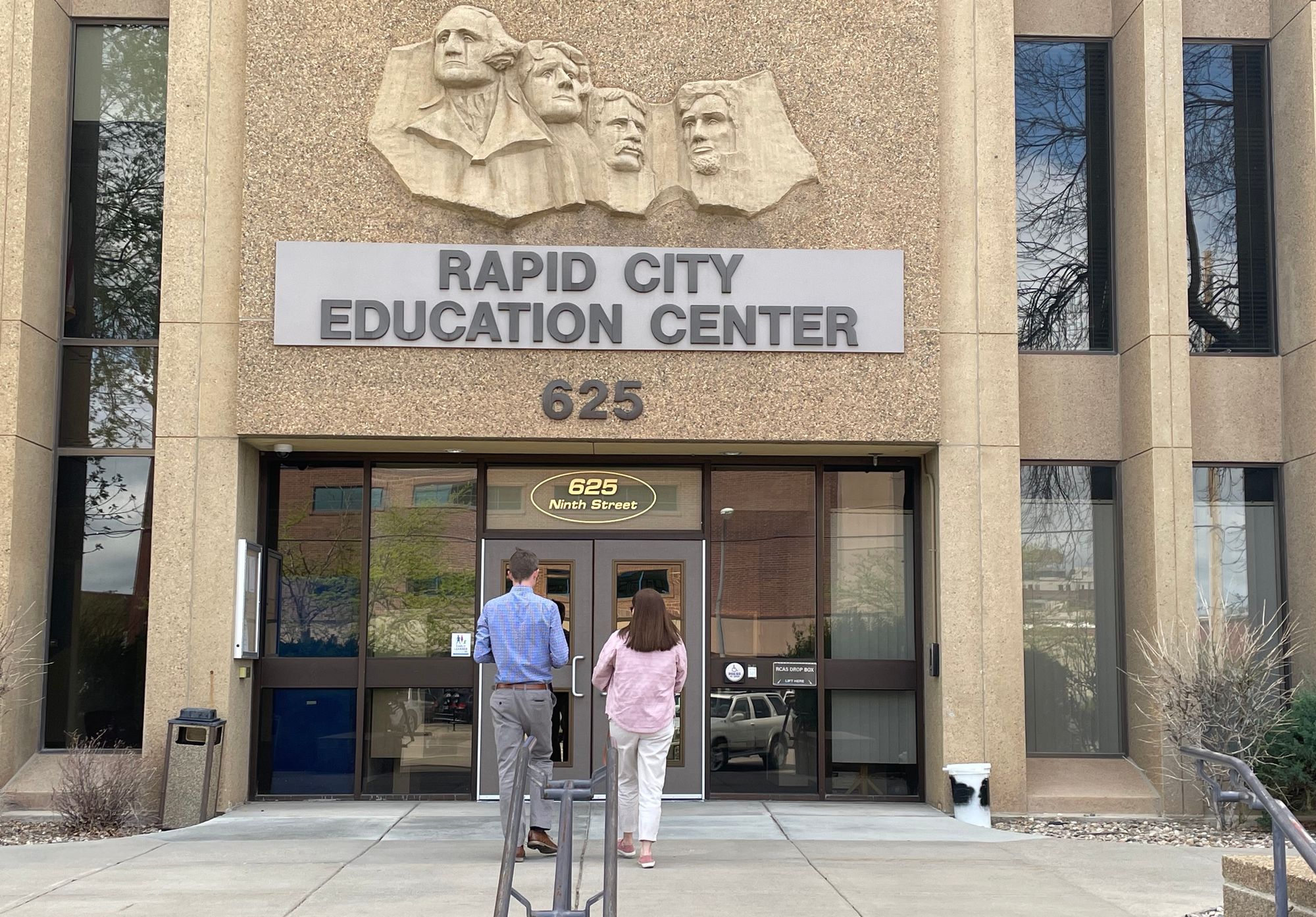
CRT: Real concern or just political rhetoric?
The debate over critical race theory — a somewhat complex and formerly obscure educational postulate — has taken on major significance in South Dakota and across the country over the past couple of years.
Gov. Noem did not answer questions submitted by News Watch for this article, but her spokesman, Ian Fury, did respond by sending an email with several press releases from the governor’s office regarding her opposition to teaching of critical race theory in the state. Noem signed an executive order in April 2022 banning teaching of CRT in public schools, and in March 2022 signed a law banning CRT from being required teaching of college students.
“College should remain a place where freedom of thought and expression are encouraged, not stifled by political agendas,” Noem wrote at the time.
In announcing her executive order, Noem wrote that, “Our schools should teach our children our nation’s true and honest history. They should teach about our successes in establishing a country that is a beacon of freedom to the world and our mistakes along the way. Our children should not, however, be taught the false and divisive message that they are responsible for the shortcomings of past generations and other members of our respective races.”
The governor’s focus on CRT mirrors the talking points of conservative leaders from across the country in opposition to CRT, even though there’s little to no evidence CRT is being taught in K-12 schools or in college courses in South Dakota.
Before the past couple of years, and the conservative movement’s demonization of critical race theory, CRT was a relatively little-known and somewhat hard-to-define academic construct that encourages the use of critical thinking in the examination of the intersection of identity and inequality from the perspective of historical racial injustice. CRT notes that racism can be embedded in America’s legal and political systems.
Some educators in South Dakota say the rhetoric around CRT has done exactly the opposite of what the governor said in her statements — that in fact, the continued focus on CRT has stoked division in education at the local level and society as a whole by focusing on a problem that does not exist. Nationally, CRT is sometimes taught in high-level college courses but is almost nonexistent in K-12 teaching, including in South Dakota, according to education experts.
Barry Dunn, president of South Dakota State University, told the Argus Leader that when discussions of CRT first arose in South Dakota, he had to go online to Wikipedia to read about the theory because he was unfamiliar with it. Dunn told the newspaper that CRT is not the basis for teaching in public universities in South Dakota.
Monson, of the school administrators group, lobbied against anti-CRT legislation during the legislative session, pointing out that the educators he represents don’t view “inherently divisive” curriculum or action civics as problems in their districts.
“People are trying to make this a crisis even though it’s not,” said Monson. “Our first question was: What are we trying to fix? Please tell us where this is happening. You end up with an issue that’s 30,000 miles wide and only an inch deep.”
For some education leaders, political debates about CRT take emphasis away from more pressing concerns in public education, including faltering standardized test scores during the COVID-19 pandemic or supplying enough teachers to fill classrooms and inspire students.
“It’s a distraction,” said Waltman of the South Dakota Education Association. “What our members really want politicians to focus on is ensuring that schools have the resources to make sure they have teachers in all the classrooms. It’s been a tough couple of years with the pandemic and a shortage of educators. A lot of teachers are pulling double duty, which makes it harder to focus on what they want to do, which is teach kids.”
She worries that finding qualified young educators who want to live and work in South Dakota could become more challenging if teachers are worried about restrictive laws or lesson plans.
“We need to create an environment where teachers explore the things that excite or interest their students, who have the freedom to learn and ask questions,” said Waltman. “That’s how you connect with kids and get them excited about learning. Unfortunately, Waltman said, some politicians want to create controversy, and in some cases, teachers are going to look at this and say, ‘We’re not going to touch on these subjects because it might be misconstrued as controversial.’”
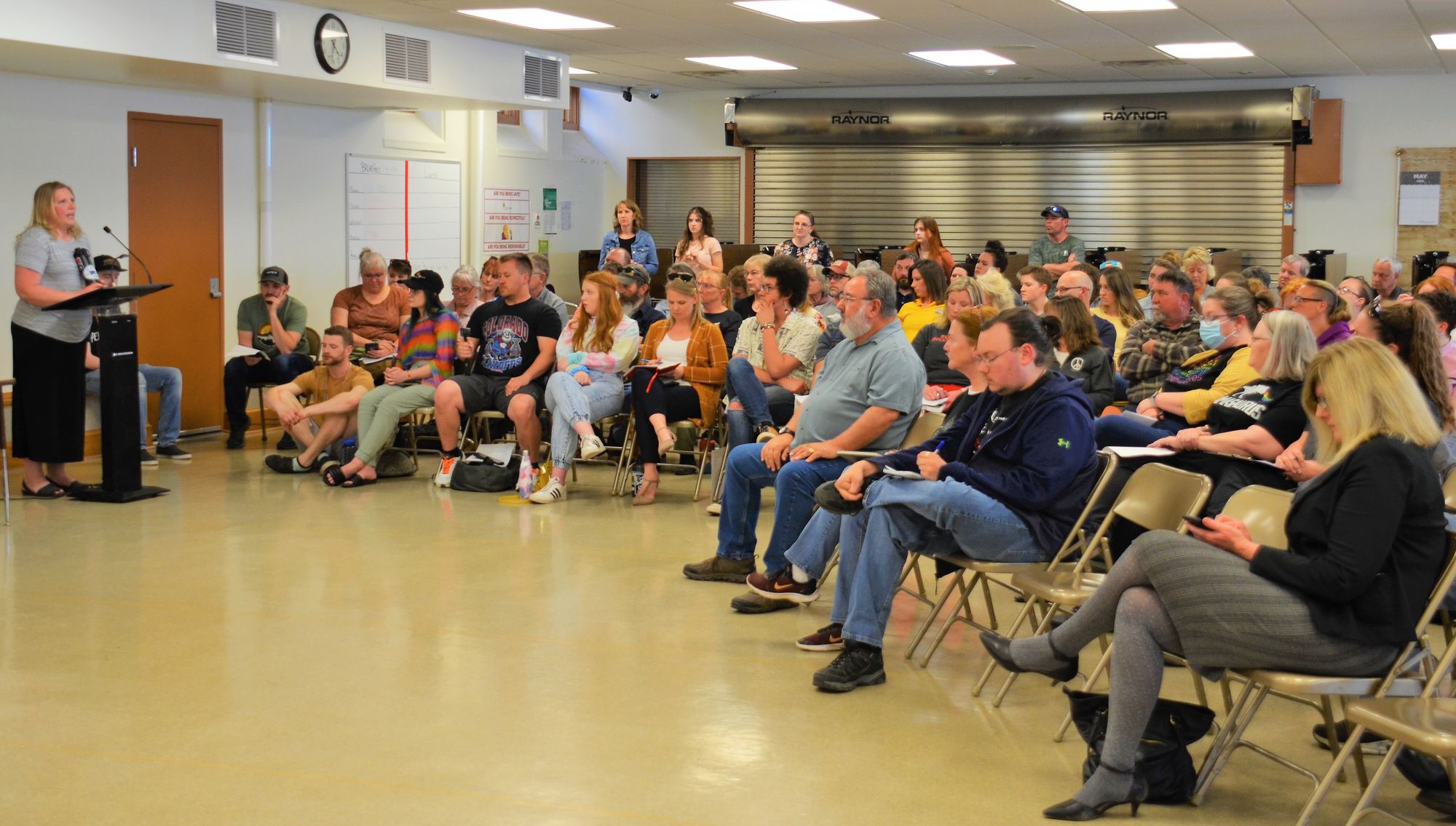
Teaching still seen as worthy profession
Despite the sometimes-negative spotlight shone upon public education in recent years, Andrews said teaching can be a rewarding career, and that she is impressed with the attitudes and behaviors of both teachers and students each time she sits in on a classroom.
“There’s a lot of good things going on in schools, and sometimes it’s easy to ignore that,” she said. “For the most part, kids are well behaved, and you’ve got really good teachers in schools who bend over every which way to care for and help their students. I just think there’s a lot of mixed messages out there right now.”
Sly said the recent attacks on education and educators in South Dakota is mostly coming from the extreme members of political parties or spectrum of political ideologies, in this case from the GOP, which has an ironclad majority across state government.
Sly remains hopeful that more-moderate legislators and politicians will ultimately prevail in the decision-making process and that “This too shall pass.”
In the meantime, she urged people who are concerned about education to get involved in the political or legislative process, to run for school board, write letters to elected officials and make their voices heard. Parents can play a large role in improving the education of their children, she said.
“As parents, they are the vital ones who can really take a stand and go to their schools and share their concerns about what is happening or not happening,” she said. “Not in a mean way, or by confronting, but just by sharing their concerns to come to an understanding.”
Despite her concerns, Sly said she would still encourage young people to enter the teaching field.
“The reason I would recommend they go into education is because we need smart, strong people to go into education, or public education will not survive in South Dakota,” she said. “If we don’t have people who can navigate through this, and we get kind of leftover people, the quality of education goes down and the quality of our students goes down, and really the future of South Dakota is at stake if we don’t have good teachers in our schools.”
— South Dakota News Watch reporter Stu Whitney contributed to this report.



